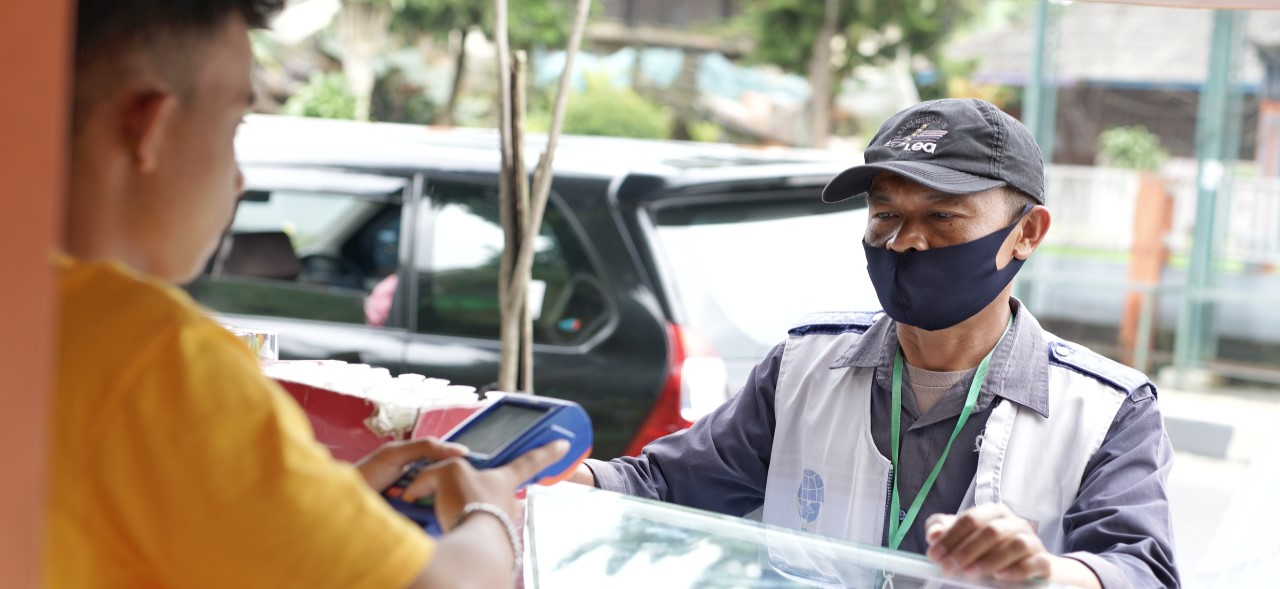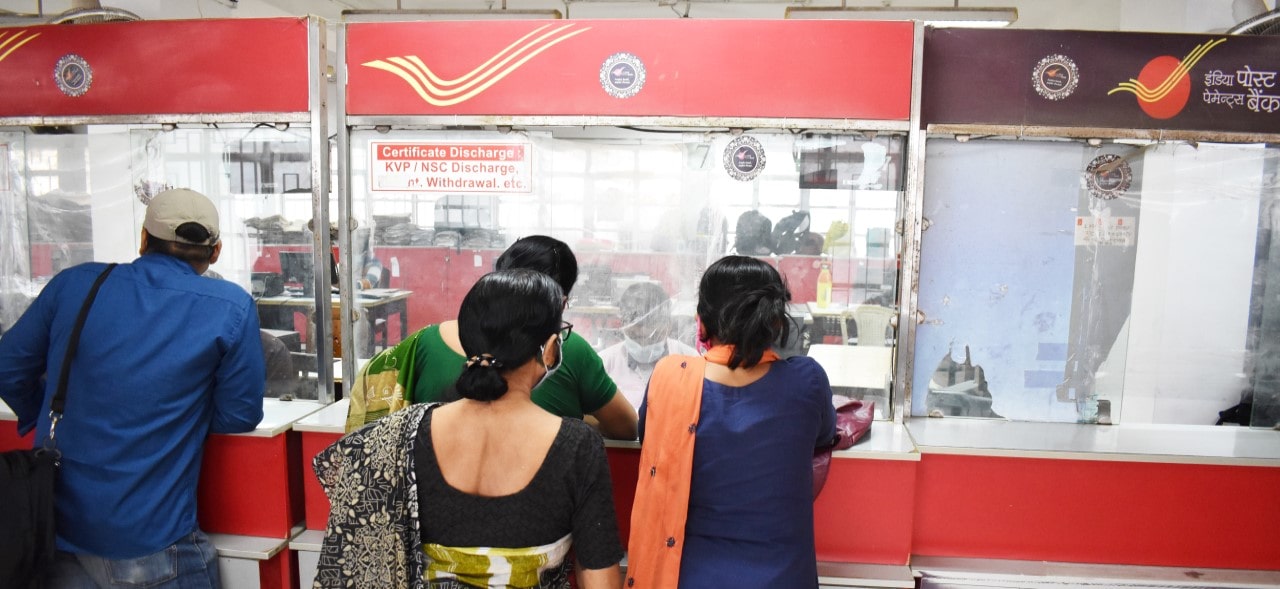
India’s digital payments story is akin to none. The past five years have seen a massive transformation. UPI hit record-high numbers, AePS transformed the transfer of subsidies to beneficiaries, merchants now conduct digital B2B payments, and FinTechs have disrupted the payments space with unique solutions.
Despite this accelerated growth, a large share of the population still lacks access to these services, indicating considerable room for growth in digital payments. The proliferation of mobile phones and internet connectivity in rural markets can be the game-changer that will lead to the growth of digital payments in India in the coming years.
We have been at the forefront of analyzing and reporting these trends using pitchbook formats for the past few years. We have now automated the analyses and reporting of the payments data.
With an unwavering focus on India’s growing digital payment ecosystem, we built an in-house dashboard—Payments Instruments Rails (PIN Rails). It provides deep insights, data trends, and multiple features for analysis with a holistic view of the transformation of digital payments.
PIN Rails will serve as a public good for various industry players, such as FinTechs, banks, thought leaders, and other development consulting firms.

HFC commissioned MSC to conduct a digital readiness assessment and provide a proof of concept report for digital products and services. We were also expected to provide project management services for the pilot and launch HFC’s mobile application—HF Whizz.
MSC carried out a comprehensive digital readiness assessment to further HFC Bank’s insights into its offerings and uncover gaps and opportunities that digital financial services can address. We conducted market segmentation of HFC’s customer base and developed use-cases for low-income earners and the mass market. We provided strategic and tactical advice and recommendations on implementing the digital banking app and USSD used for account opening, savings, digital loans, and payments. We designed digital financial planning tools for personal financial management. Further, we formulated the broad contours and concepts of digital credit and savings for HFC and provided recommendations on the data sources for the digital algorithms.
HFC had acquired more than 200,000 new virtual accounts through the HF Whizz app by the end of 2020. HFC saw an annual growth of nearly 20% in transactions on digital platforms, reaching 1.24 million in 2020, representing more than 70% of all transactions at the bank. The project was a success. HFC mobilized more than KES 100 million (USD 1 million) from these new accounts and disbursed more than 15,000 loans with a cumulative loan book of KES 58 million (USD 0.5 million) within a year of the application’s launch.

CGAP commissioned MSC to conduct a study to assess the different pricing mechanisms for the distribution of digital transfers.
MSC analyzed the different transfer models that a G2P program designer could adopt. MSC also offered examples of how different G2P programs distribute their cash transfers to understand the distribution model’s cost centers and ways to reduce these costs while maximizing the choice of providers for recipients.
MSC analyzed various payments models to explore how beneficiaries receive payments from the government in the context of digital social protection. Such models were assessed through single entity state-owned or public sector banks, single entity commercial or private sector banks, and multi-entity banks or telco-financial models. We developed a pricing tool to guide the efforts of program designers and help them determine the distribution model based on different cost areas and actions to reduce these costs. Further, we developed a dissemination strategy that included recommendations for program designers on how to package lessons for delivery and terminologies associated with payments in digital social protection.
The project involved an extensive analysis of different social protection programs in Asia and Africa. The project formulated a reference for social program managers by analyzing current approaches to distribute transfers through continuous discussions between CGAP and the MSC team.

India Post Payments Bank (IPPB) launched operations throughout the country. MSC supported IPPB in providing financial services to poor and rural communities. While GDS presents a useful channel for outreach, the challenge would be to build its capacity to handle digital technology while offering a range of financial services and managing its existing suite of postal services.
At the time of writing, MSC planned to undertake a diagnostic study to conduct an institutional assessment for IPPB and provide insights on the current stage of its operations and challenges. The MSC team would develop a GDS capacity and planning document and a management framework and enable G2P delivery. We would also develop a program M&E framework, an operational manual, and training of trainers (ToT) material for GDS and conduct the training. Further, we would revise the incentive structure for GDS, design three product roll-out plans, produce a DBT communication strategy document and develop a DBT customer protection and GRM framework.
MSC would also develop an MS Excel-based costing template, manuals for liquidity management and grievance redressal, and a product enhancement plan. We would prepare three marketing strategy documents, produce a merchant acquisition plan, and conduct periodic monitoring. Through MSC’s support, IPPB is expected to achieve four outcomes: an active, efficient, and capable CICO network; suitable product and channel lines using public infrastructure to support customers, specifically women, at the local level; streamlined G2P and bulk payment processes; and a comprehensive ecosystem of merchants to support customers at the last mile to drive digital transactions.

MSC provided technical assistance to Airtel Money to meet the following objectives:
1. Build a sustainable cash-in cash-out (CICO) agent network;
2. Develop a pro-poor communication strategy;
3. Enhance the digital financial services Airtel Money offers and improve the customer value proposition and experience.

We supported the Bangladesh Bank and Business For Poor in Bangladesh (BFP-B) in this Nathan Associates-funded study. The specific objectives of the study were to: 1) Understand the responses of the banking industry to licenses and regulations issued by Bangladesh Bank to trigger agent banking expansion; 2) Examine demand, supply, and regulatory issues in agent banking, and understand how these interact with other demand, supply, and regulatory issues in complementary markets, such as mobile financial service (MFS) and microfinance services; 3) Explore the customer data analytics (based on gender) of the existing agent banking customers covering CMEs and individuals and product penetration to understand the customer demand along with agent banking deposit and lending portfolios; 4) Understand the future market competition from other financial services providers and fintechs; 5) Combine deep understanding and experience of the evolution of local markets with knowledge of global insights and best practices; 6) Provide practical policy options that will help Bangladesh Bank further review the agent banking policy to address the market demand.





